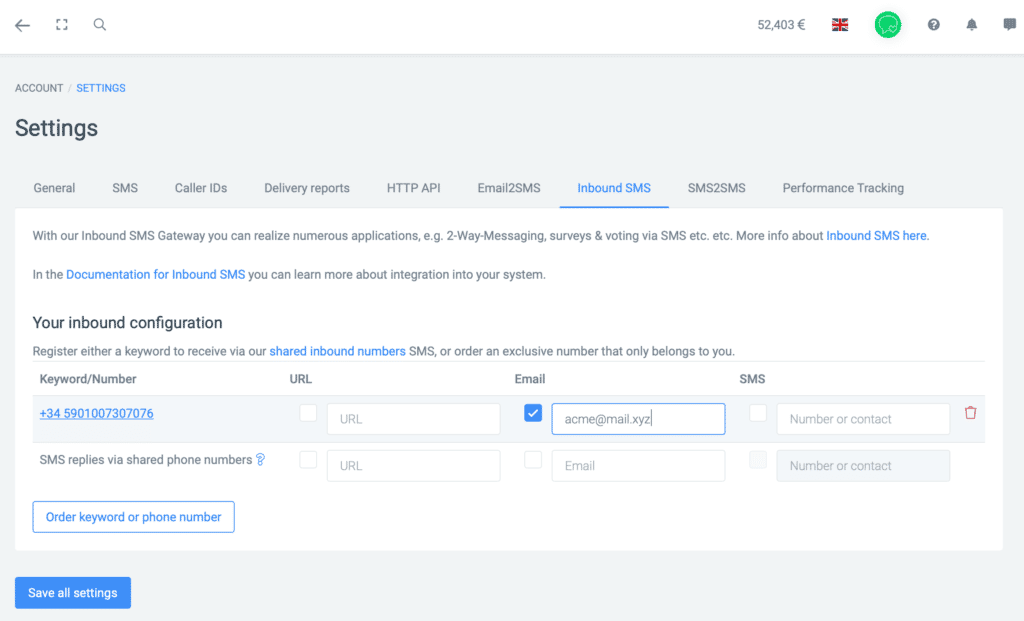Two-factor authentication (2FA) most commonly works using one-time passwords – short codes that are often sent to the user by SMS. Each of these passwords can only be used once. For many areas this additional level of security is important or at least sensible, especially anywhere personal data or finances are involved.
For teams in which several members share certain accounts, it can make sense to receive the one-time password via e-mail. An e-mail is much faster and easier to forward than an SMS. In the worst case, two-factor codes are written on paper and carried from office to office by hand, which takes time and is highly insecure.
Forwarding by e-mail, which is then available to the relevant team members, is much more efficient. Here we explain how this works in the seven system.
